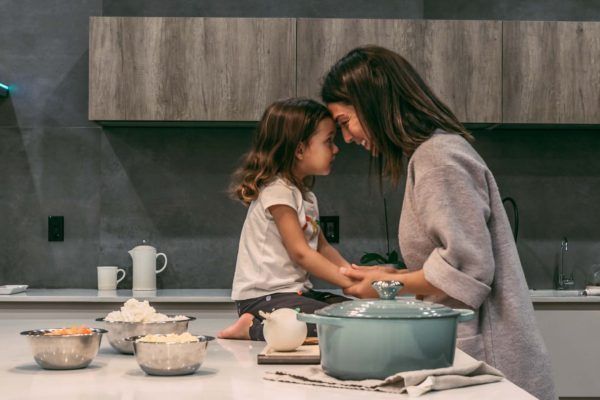5 Activities Your Behaviorally Challenged Child Will Love
By Laura O’Donnell

At Community Child Guidance Clinic School, children are learning not just about the school subjects we all remember, but also ways to cope with significant behavioral and mental health issues that impact their functioning and make it difficult for them to attend school as part of a mainstream classroom. At CCGC School, we have small class sizes, a high ratio of staff members per student, and a clinical team on site to help support our classrooms as they continue on their journey towards educational success, as well as mental health and wellness. Together as a team, our staff work with these children throughout the school year to nurture, support, and teach them everything they can about those important school subjects, and also teach them about themselves and how to overcome the behavioral challenges they face.
As so many parents and families know, children with behavioral challenges can struggle to find ways to cope with the world around them, and caring for them can be as exhausting and difficult as it is rewarding and full of love and hope. Today we wanted to share five activities that can bring a little bit more fun into that relationship as well. We hope that children in our community will enjoy these activities and benefit from them in just the same way as the students at CCGC School.
1. Calming Jar
These are fun to create and students at CCGC School really enjoy this activity! A calming jar has multiple purposes. Different types of calming jars can be made with anything small that can be added to the jar. This is an easy activity you and your child can work on together.
They sit on a desk as a reminder to students to use their coping skills, and when not in use, they become a piece of art, a conversation piece.
1. First, gather your supplies:
- Plastic jar
- Hot water
- Food coloring
- Glitter glue
- Glitter
- Dinosaurs/ Leggo people, sequins etc..
- Glue gun
- Whisk
- Bowl
2. Next, mix glitter glue, hot water, and food coloring. Shake until evenly mixed with the water.
3. Add additional glitter, and other materials, mix vigorously one more time, and transfer mixture into your clear jar.
4. If your jar isn’t 100% full, top up with hot water.
5. Allow water to cool to room temperature before putting the lid on.
6. Secure lid with glue gun to ensure it is properly sealed and won’t leak.
7. Shake and enjoy!
2. Do it yourself Stress Balls – Balloons filled with cornstarch, Peas, or Rice
This is another activity that students at CCGC School really enjoy. Stress balls are easy to make, though having a partner to work with can definitely be helpful. Once finished, these coping skills tools are so satisfying you might find yourself keeping one on your own desk!
Here is what you are going to need to make this type of stress ball.
- Big Round Party Balloons
- Your filling of choice! We like: cornstarch, flower, split peas, dried beans, or rice
- Water
- Water bottle (empty)
- Mix 2 cups of cornstarch with a small amount of water. The mixture should be thick.
- Pour the mixture into the water bottle.
- Attach the balloon to the water bottle top.
- Flip the water bottle over and squeeze the mixture into the balloon.
- Tie the end of the balloon to seal.
- With another balloon that you have cut the end off of. Wrap the second balloon over the filled balloon to reinforce your stress ball.
There are lots of options for fillers!
Other fillers are easy to use for this project as well. Flour and baking soda, make a firm stress ball, but for a looser feel, use fine play sand, rice or split peas for the filler. For these looser fillers, you will not need to make a mixture. Fill a balloon with the filler and cover with the second balloon for strength and to cover the knot. You can most likely find any of these ingredients for this project in your pantry
3. Heavy Work
Weekly chores aren’t just necessary for teaching responsibility and keeping a clean house; heavy work can help children focus and calm their bodies. Students at CCGC School can be seen being helpful throughout the day for the benefit of both the classroom and the child!
What is Heavy Work?
Everyone, including children, needs to be able to self-regulate, but many children cannot do this on their own. Heavy work activities require you to use your whole body muscles and joints. This puts pressure on them during movement.
How is Heavy Work Calming?
“Heavy Work” helps children self-regulate in the same way that exercise may help an adult deal with stress. It helps children to re-center and refocuses their bodies and energy appropriately.
Here are a few ideas for chores that are appropriate for children of all ages. As always, as a parent or caretaker, you know best what your child can handle. For more great lists of ideas (divided into rough age groups) you can visit sites like Focus on the Family for ideas and inspiration.
Chore List:
- Mopping
- Wet laundry to the dryer
- Washing windows
- Loading dishwasher
- Laundry basket emptied
- Vacuuming
- Garbage to curb
- Moving dirt
- Raking leaves
- Bagging leaves
- Planting
- Weeding













